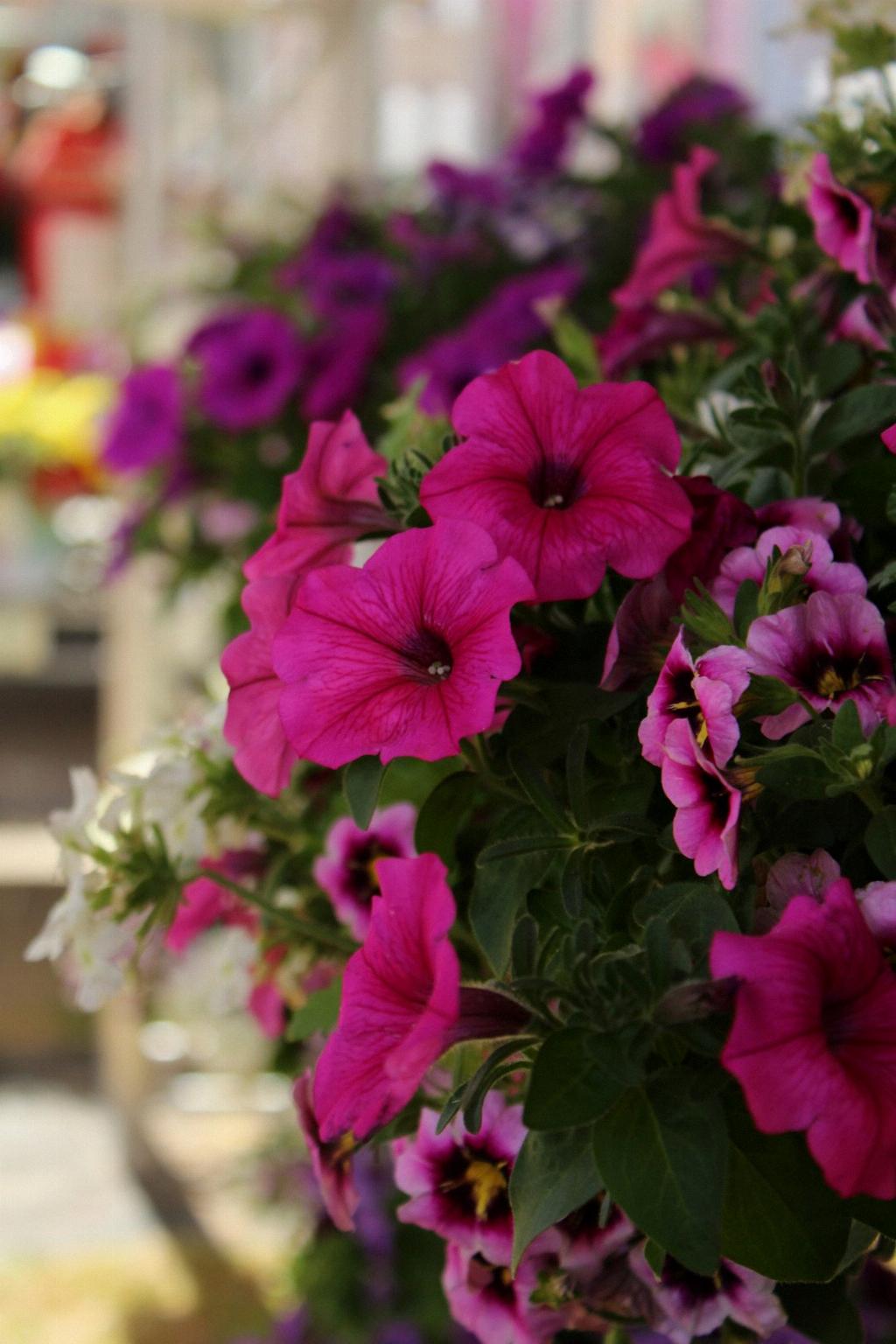Petunias, belonging to the Petunia genus, are highly admired for their beauty and versatility in garden settings. These colorful flowers can be found in various shapes and sizes, making them a popular choice for both beginners and experienced gardeners alike.
One of the key characteristics that define petunias is their trumpet-shaped flowers. These flowers are wide and open, often boasting vibrant hues that range from soft pastels to deep, rich tones. The petals of petunias can be smooth or ruffled, adding an interesting texture to their overall appearance.
Aside from their striking blooms, petunias are also recognized for their branching foliage. The leaves of petunias are typically green and have a somewhat hairy texture. Upon touching the foliage, you may notice a slight stickiness, which is a common trait among many varieties of petunias.
When observing petunias in flower beds or containers, one can appreciate their ability to bloom profusely. These plants are known for their prolific flowering, ensuring a constant display of color throughout the growing season. As such, petunias make an excellent choice for adding a splash of color to any outdoor space.
One standout feature of petunias is their variety in color options. While petunias do not naturally occur in true blue color, they can be found in nearly every other color imaginable. From bold reds and oranges to soft pinks and purples, there is a petunia shade to complement any garden palette.
Another noteworthy aspect of petunias is their adaptability to different growing conditions. These flowers can thrive in various climates, making them suitable for both sunny and partially shaded areas. Whether planted in the ground or in containers, petunias are versatile and resilient plants.
Depending on the specific cultivar, petunias can vary in size and growth habit. Some petunias are more compact and form neat mounds, ideal for edging borders or filling in gaps in flower beds. Conversely, cascading varieties of petunias trail gracefully over the edges of containers or hanging baskets.
When it comes to care and maintenance, petunias are relatively low-maintenance plants. They benefit from regular watering to keep the soil evenly moist, especially during hot summer months. Deadheading spent flowers can also encourage continuous blooming and ensure a tidy appearance.
In terms of fragrance, petunias exhibit a mild scent that varies depending on the cultivar. While not as overpowering as some other garden flowers, the delicate fragrance of petunias adds a subtle and pleasant aroma to outdoor spaces.
Overall, the beauty of petunias lies not only in their vibrant flowers and lush foliage but also in their ease of care and wide range of color options. Whether seeking to add a pop of color to a garden bed or create a lush hanging display, petunias are sure to captivate with their charming appearance.
In conclusion, petunias can be described as visually stunning flowers with trumpet-shaped blooms and branching foliage. With their prolific flowering, diverse color palette, and adaptability to varying conditions, petunias are a versatile and beloved choice for gardeners looking to enhance their outdoor spaces with vibrant charm.

